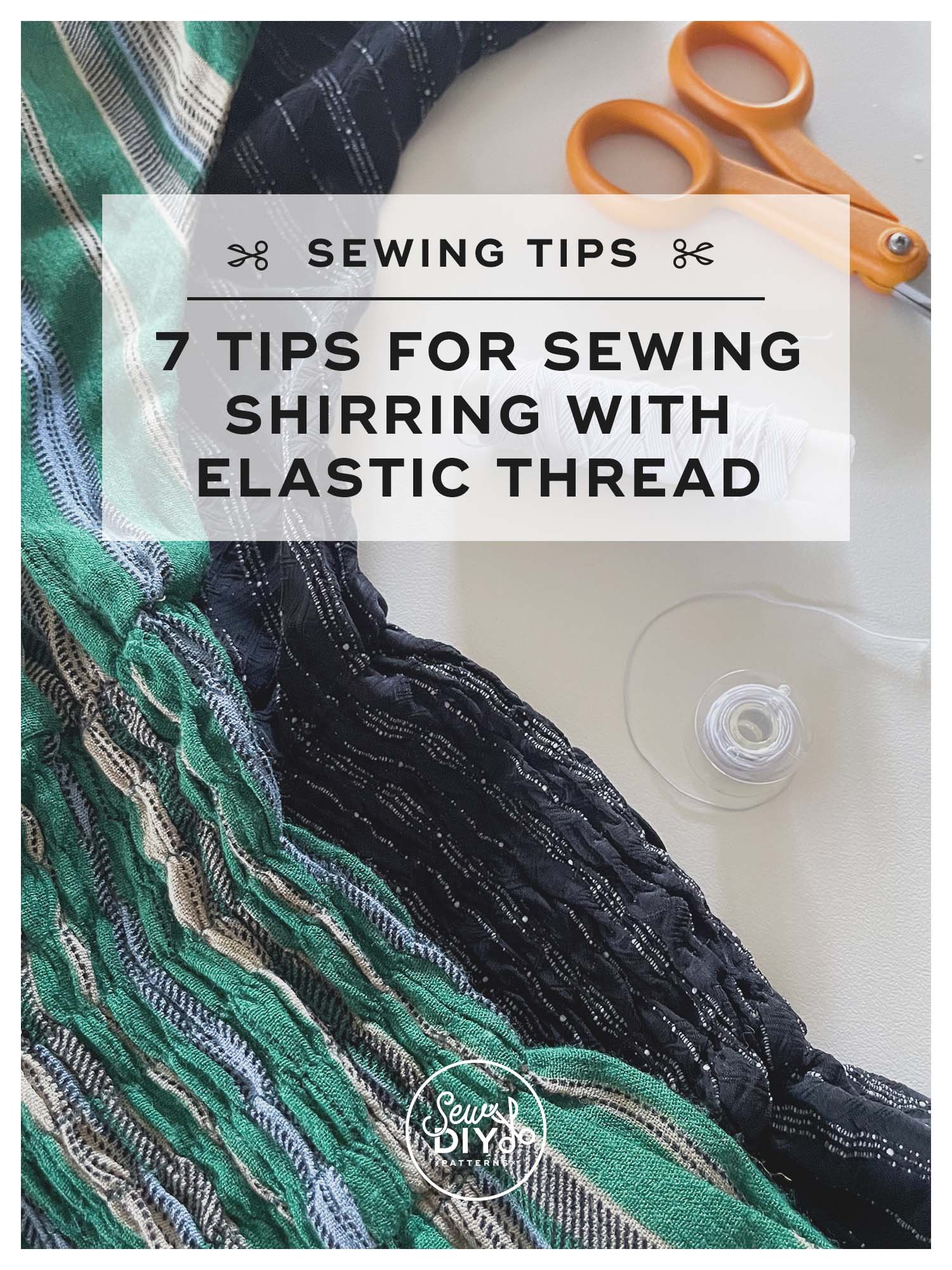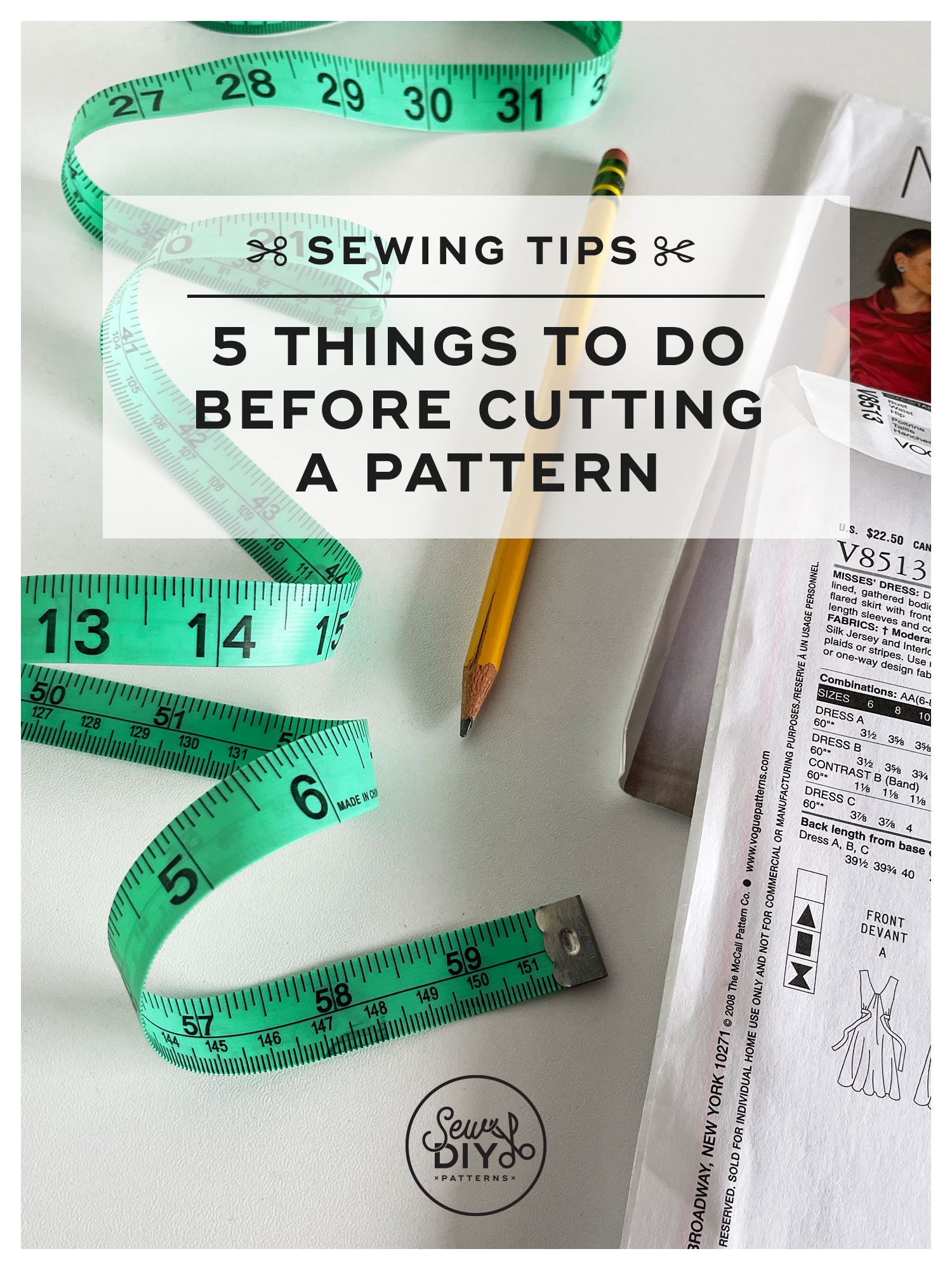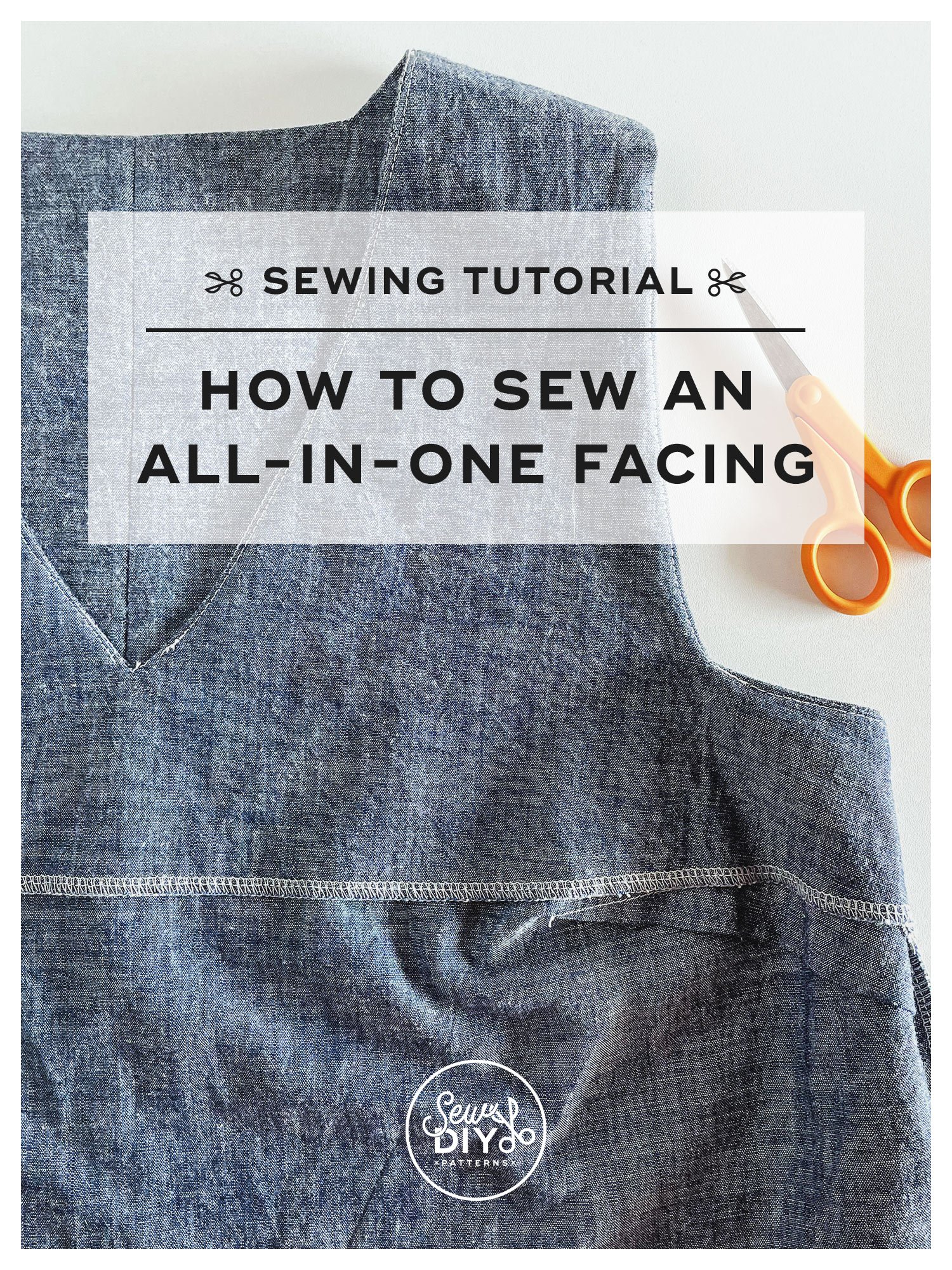Every person has a unique body with hundreds of different measurements and proportions, so every garment and sewing pattern will fit every body differently. The great about sewing your own clothing is that you can adapt your sewing patterns to fit your unique body.
Today I’m sharing a few tips and basic instructions for making an extended calf adjustment (aka a full or large calf adjustment) to a pants sewing pattern. When I made a pair of tapered leg trousers recently, I was surprised that I could not find a very detailed tutorial on this pattern adjustment. There are a few blog posts with the basics but they left me with questions. Today I’m going to answer some of those questions and show you step by step illustrations for how to make this adjustment. (I’m by no way an expert on this adjustment or on pattern making and pants. So consider this a compilation of all the information I found in my research.)
How do you know that you need a full calf adjustment?
If your pants are too tight at the calf or bunching up in weird ways, then you probably need an extended calf adjustment. When I made my Calyer Pants a few weeks ago I was very grateful to see that the designer had included finished measurements for the calf in the measurement chart of the pattern. I’ve had a problem fitting my calf once before and thankfully compared the chart to my measurements. The finished measurements would have been too small for my leg and no amount of letting out the side seams would have helped.
measure the circumference of your calf at the fullest point. If your calf is the same or larger, you will need to make an adjustment. If you are using woven non-stretch fabric, you’ll likely want the pant to be a little bit larger than your calf.
How to determine the amount you need to adjust the pattern.
For this it’s important to understand ease. Ease (also called positive ease) is how much bigger the pattern is than your body. Ease allows your body to move in the clothing without feeling constricted. Ease is also used as a design feature. Ease is especially important when using fabric that does not have any stretch. If you are sewing with stretch fabric, your pattern may have negative ease meaning that the cloth is smaller than your body. Leggings are a good example of this. The stretch in the fabric allows it to fit on your body and still be comfortable. For this example, I’m working with a tapered style pant in non-stretch fabric so I will want positive ease in my pants.
First determine the finished circumference of the pattern at the calf. Let’s call this X.
Next, decide the size you’d like your finished pants to be at the calf. This will be the circumference of your calf plus your desired positive ease. The easiest way I’ve found to determine this measurement is to wrap a flexible tape measure around your calf and adjust it until you find what’s comfortable. Test this sitting, standing and crouching as your calf may change in size depending on your body’s position. Let’s call this number Y.
To get your adjustment number, subtract the pattern's finished calf circumference from your desired circumference. So Y – X = your adjustment. We’ll call this Z.
For example, in my Calyer Pants, the pattern had a finished calf measurement of 14.6 inches. I wanted my pants to be 16.1 inches. So I made an adjustment of 16.1-14.6 = 1.5 inches.
Adjust ONLY the back pattern piece.
The front pattern piece will stay as is. Your calf is on the back of the leg not the front, and we don’t want to move where our side seams are positioned. I’m so accustomed to doing length adjustments that it didn’t automatically click that I only had to change one pattern piece.
Why not adjust at the side seams?
If you need a small adjustment, letting out the side seams of your back pattern piece will work (this is mentioned in Pants for Real People). But if you need a larger adjustment, there won’t be enough fabric in the side seam to accommodate. I added a full 1.5 inches to my Calyer Pants and a 3/8 inch seam allowance would never have given me the ease I needed.
The method below adds girth to the center of the pattern so that you do not alter the side seams. This way, the side seams of the back piece will still easily match up with your front pattern piece. Additionally, the side seams should still hang down at the sides of your legs while allowing the center of the back to accommodate your calves.
How to make an extended calf adjustment
Supplies
Back pattern piece
Tracing paper
Pen or pencil
Tape
Ruler
Scissors
INSTRUCTIONS
Step 1:
Determine the point along the height of the pattern that will line up with the fullest part of your calf. You can either measure down from the crotch or up from the hem. The easiest way to determine this (without making a muslin), is to hold the pattern piece up to your body. Make a star or other mark on the pattern at this point. Then about 1-2” above the star mark a dot. If you are petite, then you can do 1” but if you are taller, then you’ll want to have the dot closer to 2” above the star. (I know this is kind of frustrating that it’s not exact. Proportionally taller people will have longer pants and will want the adjustment spread over a greater height than a shorter person.)
Step 2:
Mark a point on the inner leg seam below the crotch point. Mark a second point on the side seam about half way up the leg. (In my research, I did not find any instructions about where to specifically place these points. These positions are what I saw in the diagrams available.)
Step 3:
Connect the dots by drawing lines from the dots at the side seam to the dot in the center. Then draw down to the hem, through the star marking.
Step 4:
Cut along the lines you just drew, from the hem to the center point and then to the side seams. Be careful to not cut through the seam allowance at the side seam. The side seam will act as a hinge when we spread the pattern.
Step 5:
Tip: I like to do this next step on a cutting mat that has a gridded ruler printed on it. I use the grid as a guide for keeping everything lined up.
Slide a piece of tracing paper under your pattern. Align the grainline of the pattern with the grid on your cutting mat and put something heavy on the top of the back pattern piece to hold it in place. Now spread the left and right sides of the pattern (labeled 1 and 2 in the diagram above) until the space between the star is equal to your desired adjustment (the “Z” inches we determined earlier). Try to move the left and right sides the same distance from the center. Tape the pattern to the tracing paper underneath. (If you don’t have tracing paper, you can also use regular paper and a ruler instead of the cutting mat.)
Step 6:
Draw a new hem line that is perpendicular to the grainline by connecting the end of the inner seam to the end of the outer seam. Cut along this line. You’ll likely trim some of the original pattern too.
Step 7:
Cut out your finished pattern and retrace onto a new piece of paper, if desired. You’re all done! You can now cut and sew your pants according to the pattern instructions.
On a parting note, I want to remind you that when something doesn’t fit, that doesn’t mean there’s something wrong with you or even something wrong with the pattern. It just doesn’t fit your unique body. Everyone needs to make a pattern adjustment of some type. Often more than one adjustment. The more you sew and try out different patterns, the easier it will be to figure out what pattern adjustments you need to make. I’m hoping to do more of these posts this year, especially ones for my #sewingtall crowd because those are the ones I’m personally the most experienced with. Let me know if there’s a specific adjustment you’d be interested in seeing.
P.S. When talking about average sizes, I always recommend this episode of the 99% Invisible that discusses the early days of RTW and explains the fallacy of “average”. Also check out their series of episodes called “Articles of Interest”, about the history of particular garments.
A few research sources:
I checked out an ebook version Pants For Real People from the library to see what they recommended. The only reference I found was to let out the side seams of the back pant leg in the calf area. This would be perfect if you only need to make a small adjustment of about 1/2 inch or less.
Large Calf Adjustment from Colette
Cation Designs has some helpful posts on fitting
In this post, Lauren of Lladybird makes a full calf adjustment and then a second adjustment, mirroring the first to taper the leg back to it’s original width at the hem.




















